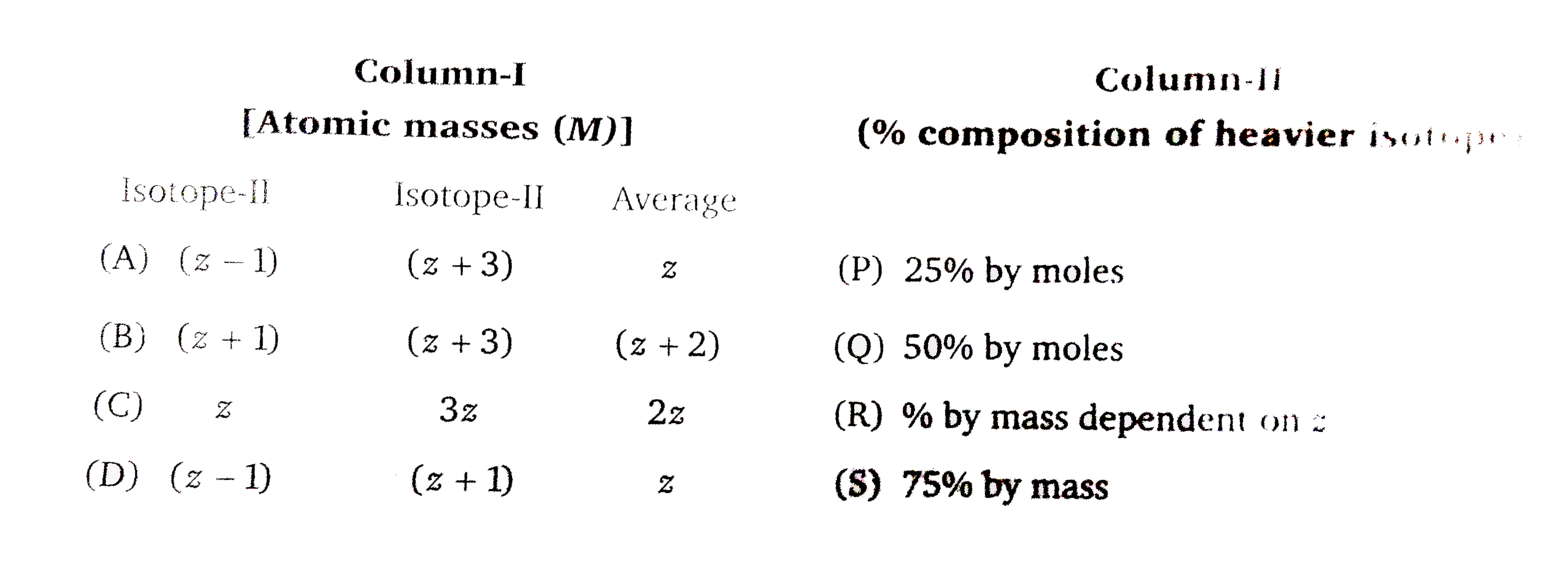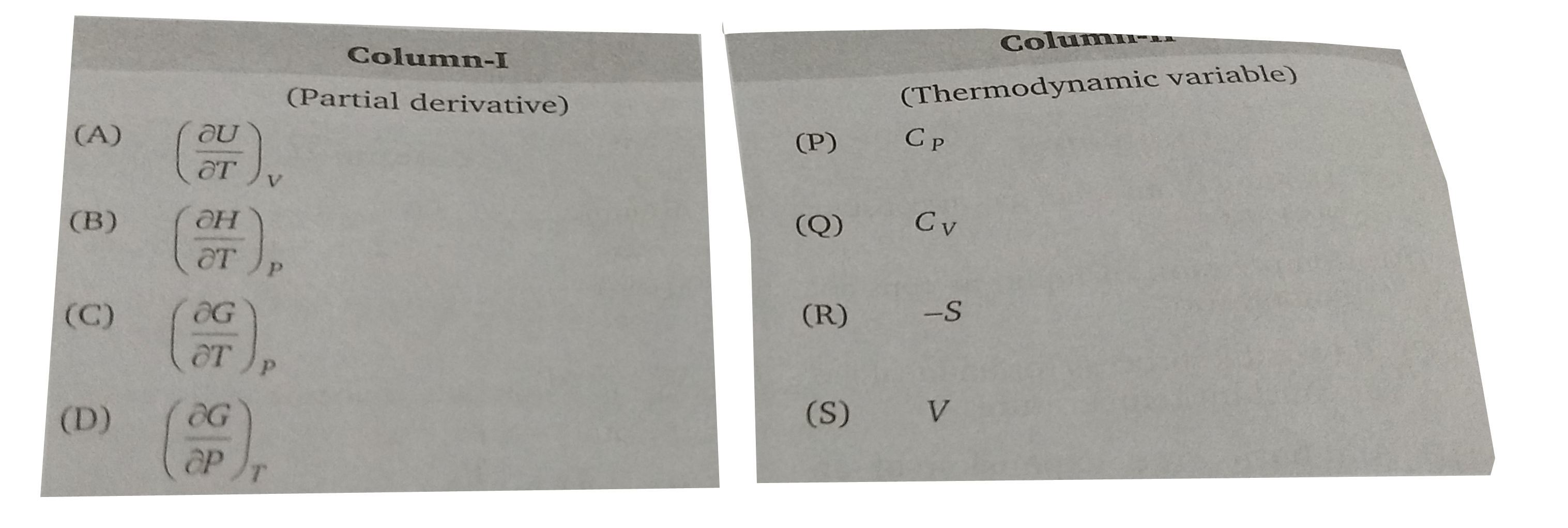STATEMENT-1 : I2→IO−3+I−, is example of a disproportionation reaction.
STATEMENT-2 : Oxidation number of I can vary from −1 to +7. Solution in Telugu
If both the statement are TRUE and STATEMENT -2 is the correct explanation of STATEMENT-1
If both the statement are TRUE but STATEMENT-2 is NOT the correct explanation of STATEMENT-1
If STATEMENT- is 1 TRUE and STATEMENT-2 is FALSE
If STATEMENT-1 is FALSE and STATEMENT-2 is TRUE
The correct Answer is:B
Step by step video & image solution for STATEMENT-1 : I_(2)rarrIO_(3)^(-)+I^(-), is example of a disproportionation reaction. STATEMENT-2 : Oxidation number of I can vary from -1 to +7. by Chemistry experts to help you in doubts & scoring excellent marks in Class 11 exams.
Updated on:21/07/2023Topper's Solved these Questions
- STOICHIOMETRYBOOK - NARENDRA AWASTHICHAPTER - STOICHIOMETRYEXERCISE - Level 3 - Subjective Problems
20 Videos
- STOICHIOMETRYBOOK - NARENDRA AWASTHICHAPTER - STOICHIOMETRYEXERCISE - Match the Colum-II
3 Videos
- SOLID STATEBOOK - NARENDRA AWASTHICHAPTER - SOLID STATEEXERCISE - Level 3 - Subjective Problems
1 Videos
- THERMODYNAMICSBOOK - NARENDRA AWASTHICHAPTER - THERMODYNAMICSEXERCISE - Level 3 - Match The Column
2 Videos
Similar Questions
What volume of a liquid (in L) will contain 10 mole ? If molar mass of liquid is 280 and its density is 1.4 g/mL.
View Solution
View SolutionIonic solid Na+A− crystallise in rock salt type structure . 2.592 gm of ionic solid salt NaA dissolved in water to make 2 litre solution . The pH of this solution is 8. If distance between cation anion is 300 pm . Calculate the density of ionic solid (Pkw=13 Pka=13)
View SolutionMatch the following columns

View SolutionIf A is 2 x 2 invertible matrix such that A=adjA-A^-1 Statement-I 2A^2+I=O(null matrix) Statement-II: 2|A|=1 (i) Statement-I is true, Statement-II is true; Statement-II is a correct explanation for Statement-I (2) Statement-I is true, Statement-II is true; Statement-II is not a correct explanation for Statement-I. 3) Statement-I is true, Statement-II is false. (4) Statement-I is false, Statement-II is true.
View SolutionSTATEMENT-1 : I2→IO−3+I−, is example of a disproportionation reaction.
STATEMENT-2 : Oxidation number of I can vary from −1 to +7.
View SolutionFe3+ compounds are more stable than Fe2+ compounds because
View SolutionStatement-1 : IO_(3)^(-) oxidises I^(-) to I_(2) in acidic medium. Statement-2 : HIO_(3) is formed by oxidation of I_(2) with concentrated HNO_(3) .
View SolutionSTATEMENT-1 H2O2→H2O+12O2 . This is an example of disproportionation reaction.
STATEMENT-2 H2O2 can act as a oxidising as well as reducing agent .
View SolutionSTATEMENT-1: In disproportionation reaction 50% of the substance is oxidised and remaining 50% is reduced. STATEMENT-2: Decomposition of H_(2)O_(2) is not a disproportionation reaction. STATEMENT-3: Both HNO_(2) & H_(3)PO_(3) can undergo disproportionation reaction.
View SolutionStatement I If I is incentre of ΔABCandI1 excentre opposite to A and P is intersection of II1 and BC, then IP.I1P=Bp.PC
Statement II In a ΔABC, I is incentre and I2 is excentre opposite to A, then IBI, I1, C must be square.
View SolutionStatement -1 Fluorine does not show oxidation number greater than zero. Statement 2: The halogens chlorine, bromine and iodine can show positive oxidation states of +1, +3, +5 and +7.
View SolutionStatement -1 I_(2) +I to I_(3) in above .I_(2) is lewis base and Satement -2 Electron pair acceptor is lewis base
View SolutionSTATEMENT-1 : I_(2)rarrIO_(3)^(-)+I^(-) , is example of a disproportionation reaction. STATEMENT-2 : Oxidation number of I can vary from -1 to +7 .
View Solutionकथन :- I2O5,CO को ऑक्सीकृत करता है|
कारण :- I2O5 में I की ऑक्सीकरण संख्या +5 होती है|
View SolutionLet A be 3×3 matrix such A2−5A+7I=0 statement 1 : A−1=17(5I−A)
Statement 2 : The polynomial A3−2A2−3A+I can be reduce to 5 (A-4I) then
View Solution
